How Many Liters Are in a Water Truck? Understanding Water Truck Capacities
Water trucks are indispensable vehicles in various industries, from construction and mining to firefighting and agriculture. These trucks are designed to transport large quantities of water to locations where a steady supply is necessary but not readily available. Understanding how many liters of water a water truck can hold is crucial for planning and logistics in these sectors. This article delves into the capacity of water trucks, the factors influencing their size, and their applications across different fields.
What is a Water Truck?
A water truck, also known as a water tanker, is a specialized vehicle equipped with a large tank designed to carry and dispense water. These trucks come in various sizes, each suited to different tasks. The primary function of a water truck is to transport water to areas that either lack a sufficient water supply or require additional water for specific purposes.
Water trucks are used in diverse industries. In construction, they suppress dust, compact soil, and provide water for concrete mixing. In mining, they help control dust and reduce the risk of fire. In agriculture, they irrigate crops, especially in regions where water is scarce. Firefighting agencies also rely on water trucks to deliver large volumes of water to fire-prone areas.
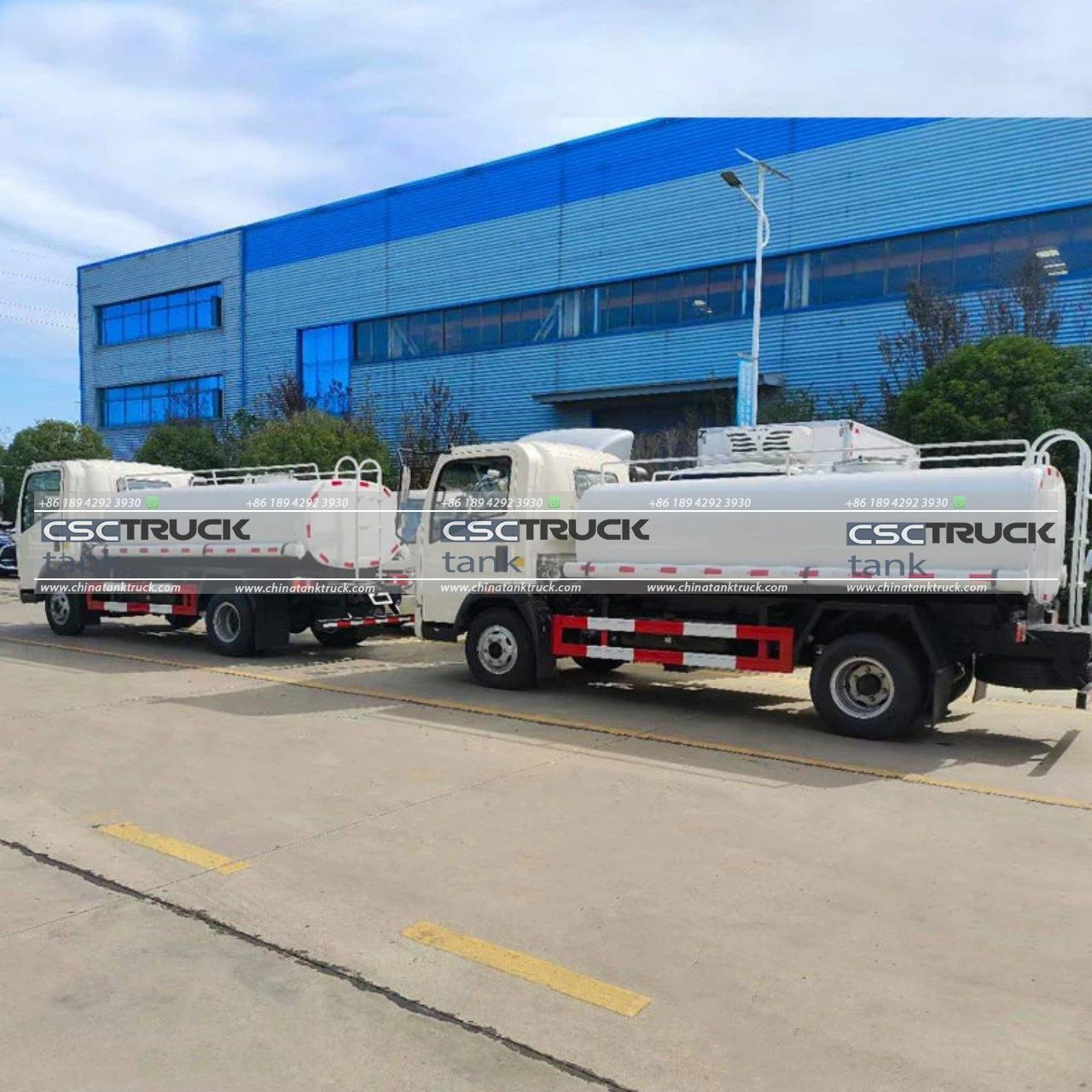
Factors Influencing Water Truck Capacity
The capacity of a water truck, measured in liters or gallons, depends on several factors, including the size of the truck, the type of tank, and the purpose for which it is designed. Here are the key factors:
1. Truck Size and Chassis:
The size of the truck’s chassis largely determines the tank’s size it can carry. Larger trucks with more robust chassis can support larger tanks. The weight of the water itself is a critical factor, as water is heavy—approximately 1 kilogram per liter (8.34 pounds per gallon). Therefore, the truck must be capable of safely carrying this weight without compromising performance or safety.
2. Tank Design and Material:
The design and material of the tank also influence capacity. Tanks can be made from steel, aluminum, or polyethylene. Steel tanks are durable and can hold more water due to their strength, but they are heavier, which might limit the total capacity. Polyethylene tanks are lighter, allowing for larger volumes without exceeding weight limits. The shape of the tank (cylindrical, rectangular, or oval) can also affect how much water it can hold.
3. Purpose and Application:
The intended use of the water truck influences its size. For example, water trucks used in urban firefighting might need to be smaller and more maneuverable, with capacities ranging from 4,000 to 10,000 liters. On the other hand, trucks used in large-scale mining operations may require tanks that hold up to 40,000 liters or more to efficiently cover vast areas with water for dust suppression.
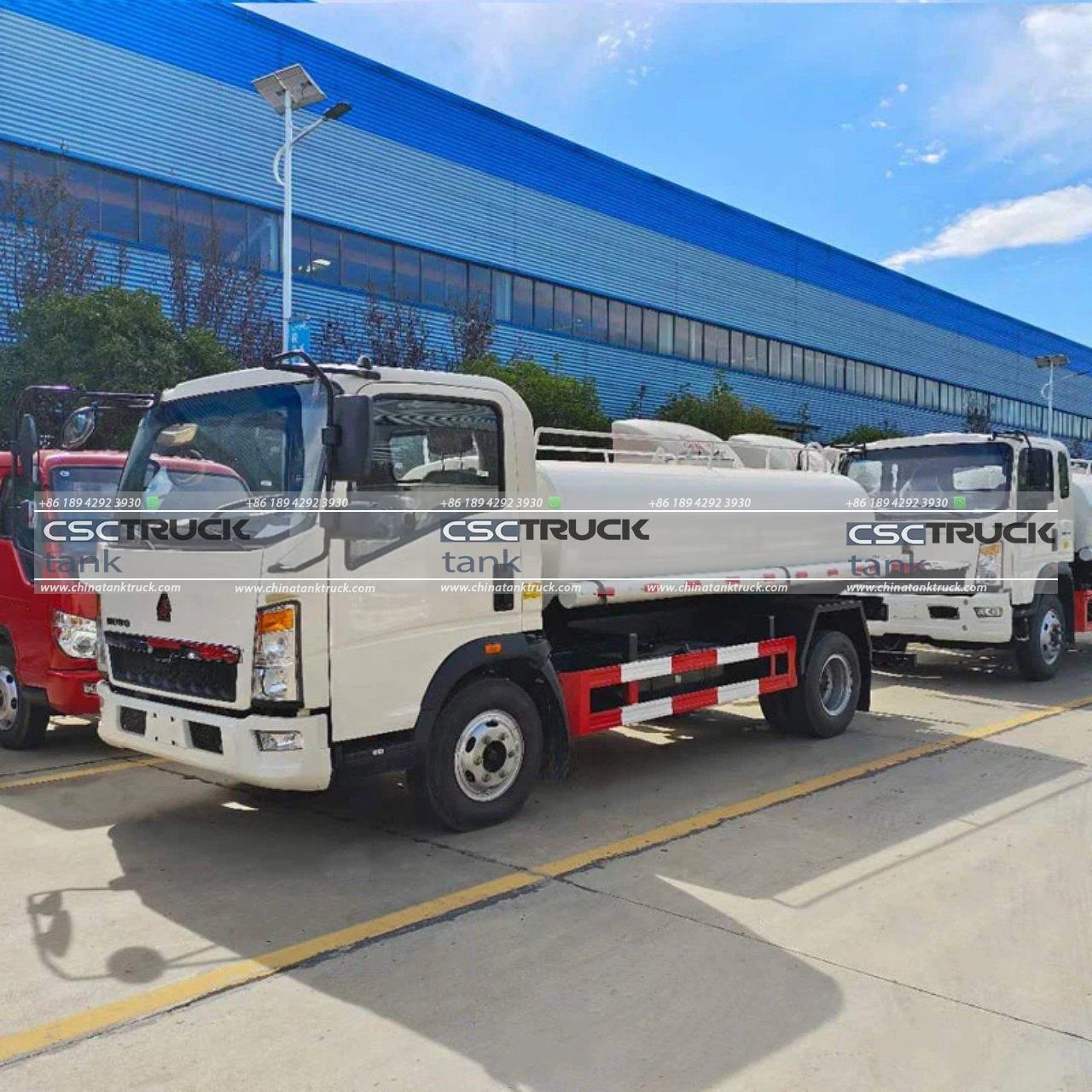
Common Water Truck Capacities
Water trucks come in a variety of sizes to meet different needs. Here are some common capacities:
1. Small Water Trucks:
These trucks typically hold between 4,000 and 10,000 liters of water. They are often used in urban settings, small construction sites, and firefighting. Their smaller size makes them more agile and easier to maneuver in tight spaces, such as city streets or narrow job sites. Small water trucks are also suitable for residential and small-scale agricultural use, where large volumes of water are not necessary.
2. Medium Water Trucks:
Medium-sized water trucks usually have capacities ranging from 10,000 to 20,000 liters. These trucks are versatile and can be used in a variety of industries, including mid-sized construction projects, road maintenance, and more extensive agricultural operations. Their increased capacity allows them to handle larger tasks without needing frequent refilling, making them efficient for medium-scale projects.
3. Large Water Trucks:
Large water trucks are designed to hold between 20,000 and 40,000 liters of water, sometimes even more. These trucks are typically used in mining, large-scale construction projects, and in remote areas where water access is limited. Their massive capacity ensures that they can deliver water over large areas or sustain operations that require significant amounts of water without constant resupply.
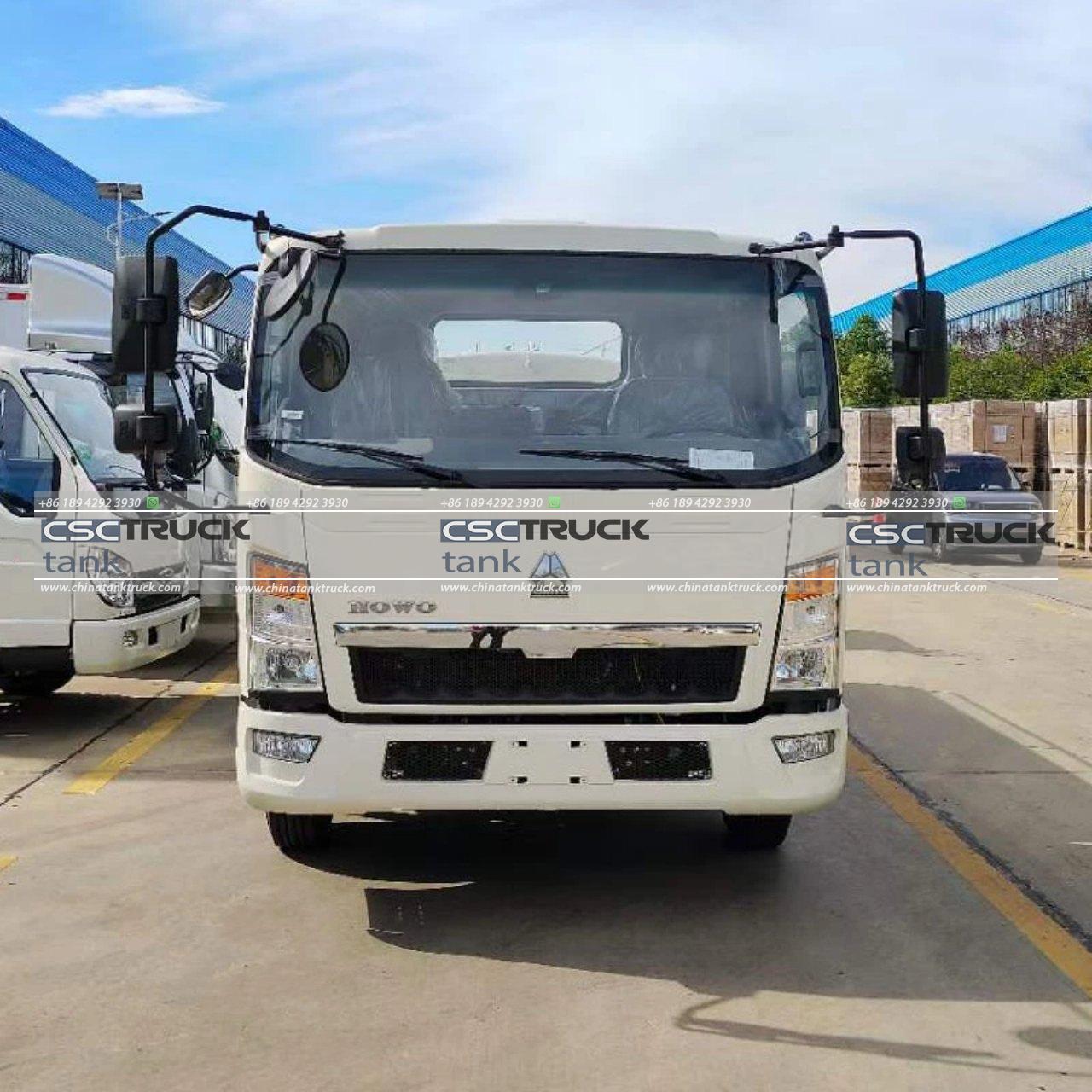
Special Considerations for Water Truck Use
When choosing a water truck, several special considerations must be taken into account:
1. Weight Limits:
The combined weight of the truck, tank, and water must not exceed legal road limits. Overloading can lead to fines, damage to the truck, and even accidents. Operators must calculate the total weight to ensure compliance with regulations.
2. Terrain and Accessibility:
The terrain where the water truck will be used also plays a role in determining the appropriate size. In rough, uneven, or muddy terrain, a smaller, more agile truck might be preferable, even if it means making more trips to deliver the same amount of water.
3. Pump and Dispersal Mechanisms:
The truck’s ability to dispense water efficiently is another factor to consider. High-capacity pumps are necessary for tasks like firefighting, where water needs to be delivered quickly and forcefully. Conversely, irrigation might require slower, more controlled dispersal. The pump’s capacity and the dispersal mechanism should align with the truck’s intended use.
Applications of Water Trucks
Water trucks serve a broad range of functions across multiple industries:
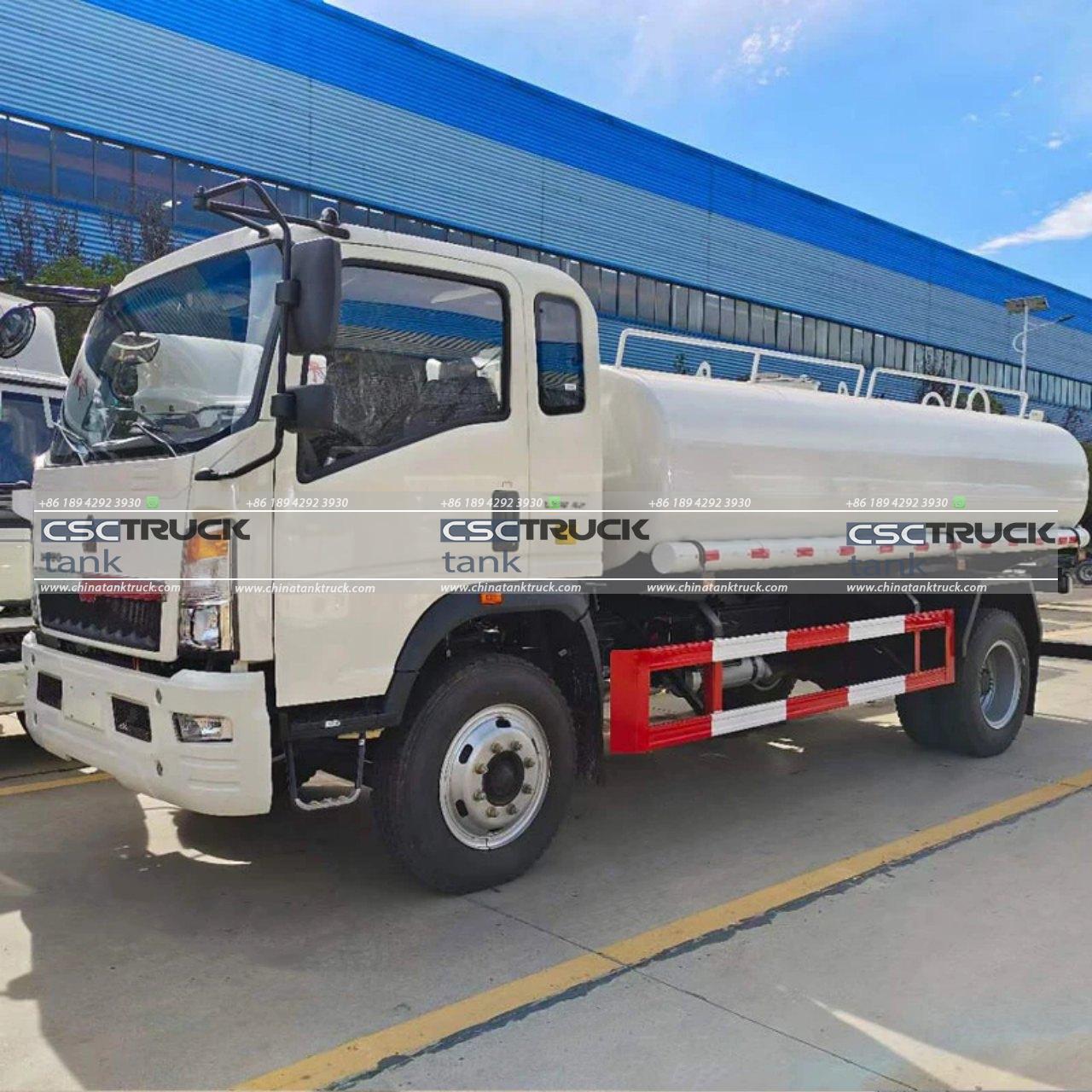
1. Construction:
In construction, water trucks are essential for dust control, soil compaction, and as a water source for concrete mixing. Keeping dust down is crucial for worker safety and environmental compliance, particularly in arid regions.
2. Mining:
In mining, controlling dust is a primary concern, as it can pose significant health risks to workers and reduce visibility, leading to accidents. Water trucks help mitigate these risks by spraying water overhaul roads and other dusty areas.
3. Firefighting:
Water trucks are vital in firefighting, especially in rural areas or during large-scale fires where hydrants are unavailable. They provide a mobile source of water, which is crucial for battling blazes in remote locations.
4. Agriculture:
In agriculture, water trucks are used to irrigate crops, particularly in regions where natural water sources are insufficient. They are also used for dust control on farm roads and for supplying water to livestock.
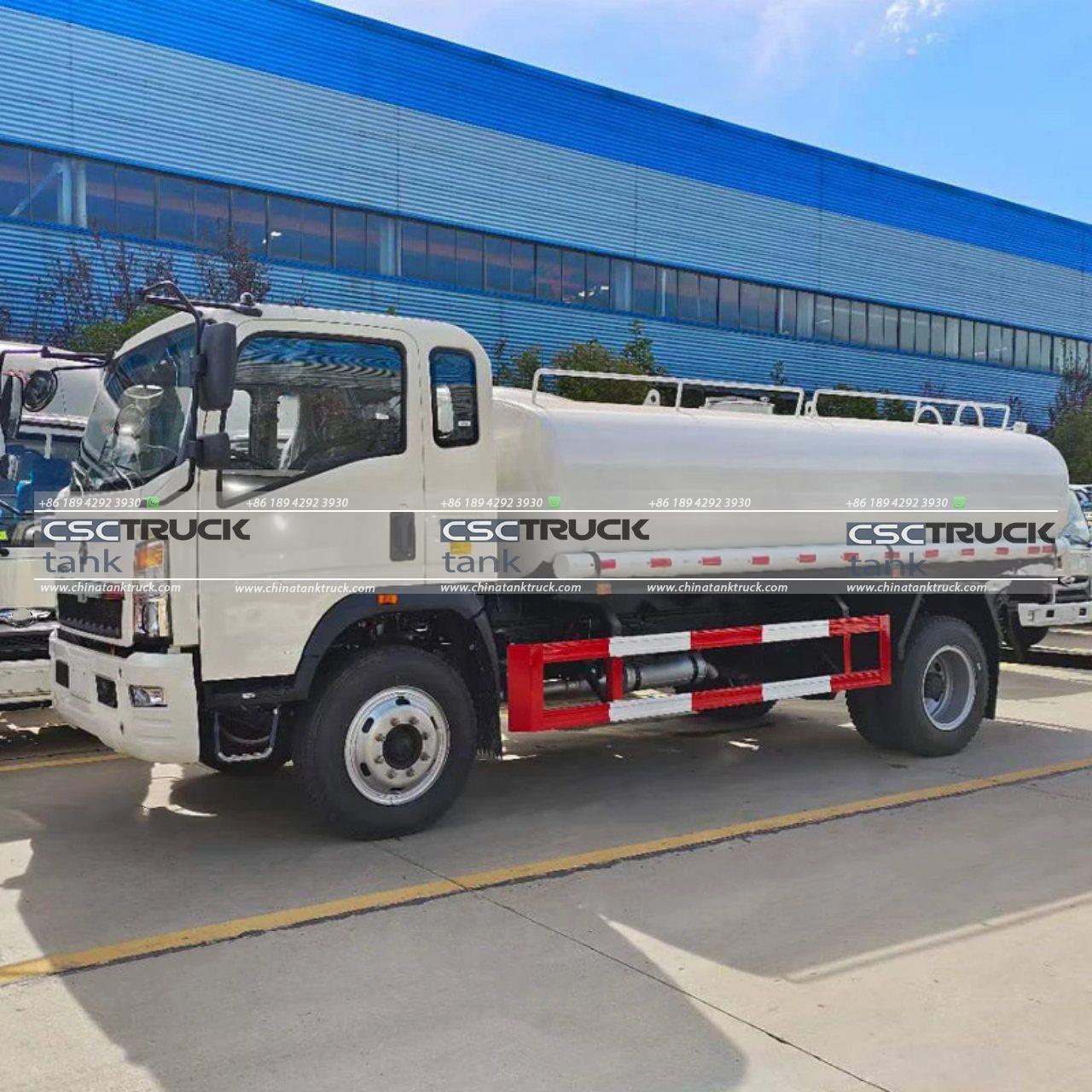
Conclusion
Understanding how many liters a water truck can hold is fundamental for effective operation across various industries. The capacity of a water truck is determined by factors such as the truck size, tank design, and intended use. From small trucks carrying 4,000 liters to massive tankers holding over 40,000 liters, these vehicles play a critical role in construction, mining, firefighting, and agriculture. Choosing the right water truck ensures that water is delivered efficiently and safely, meeting the specific needs of each application.

